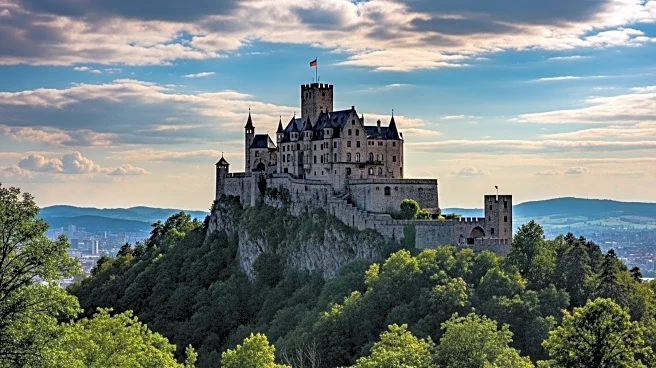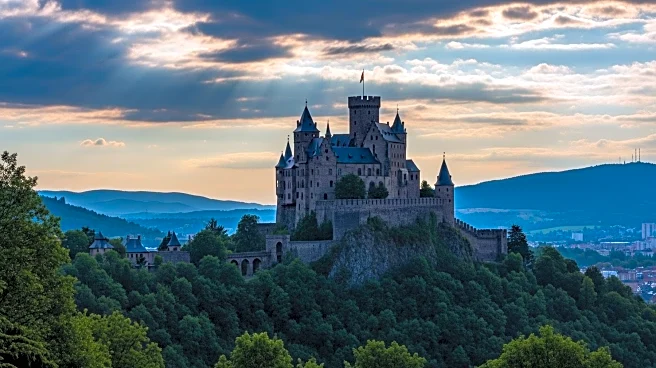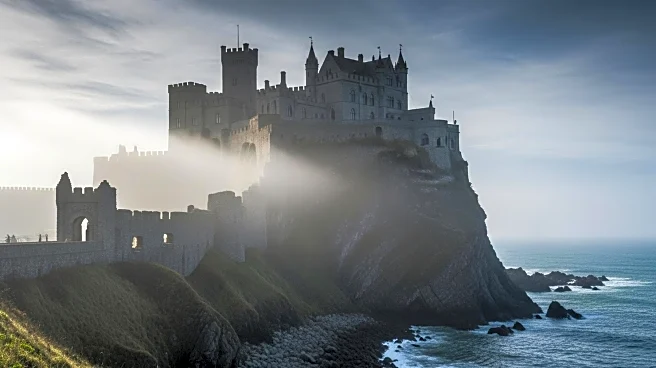Edinburgh Castle, a historic fortress in Scotland, has a significant footprint that extends beyond its geographic location. As a military base and tourist attraction, the castle houses the Scottish National War Memorial and the National War Museum, showcasing its importance in preserving Scotland's heritage. Managed by Historic Environment Scotland, Edinburgh Castle continues to impact Scotland's economy and cultural landscape.
Geographic Reach
Edinburgh Castle's geographic reach is centered on its location atop Castle Rock in Edinburgh, Scotland. The castle's strategic position offers stunning views of the city and serves as a central figure in Scotland's history. Its presence in the heart of Edinburgh's Old Town adds to the city's charm and allure, making it a must-visit destination for tourists.
Institutional Presence
The institutional presence of Edinburgh Castle is reflected in its management by Historic Environment Scotland, an organization responsible for preserving the site's historical integrity. This involves maintaining the castle's structures, including the Scottish National War Memorial and the National War Museum, while facilitating public access and engagement. The organization's efforts ensure that the castle remains a safe and engaging site for visitors.
Economic and Social Footprint
Edinburgh Castle's economic footprint is significant, as it plays a crucial role in Scotland's tourism industry. As a major tourist attraction, the castle draws visitors from around the world, contributing to the local economy. Its social footprint is also evident in its role as a symbol of Scottish identity and pride, attracting visitors interested in exploring Scotland's rich history and cultural heritage.
Environmental or Community Impact
The environmental impact of Edinburgh Castle is managed through preservation efforts by Historic Environment Scotland, ensuring that the site's historical integrity is maintained. The castle's community impact is reflected in its role as a cultural and historical landmark, providing educational and cultural experiences for visitors. These efforts highlight the importance of balancing conservation with tourism, offering valuable lessons for managing historical sites.
 Discover Daily • 9 min read
Discover Daily • 9 min read 









